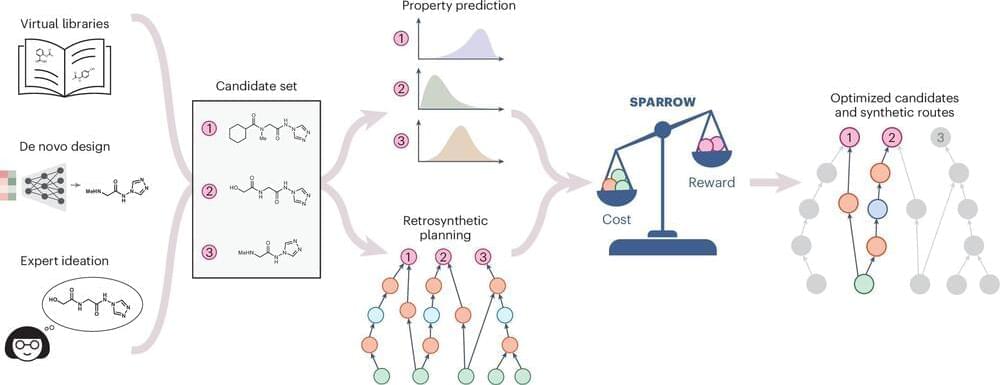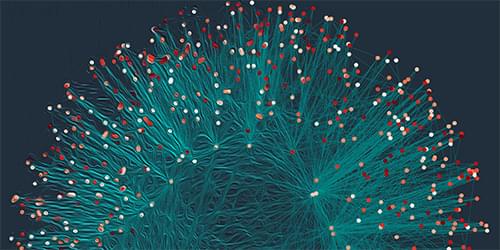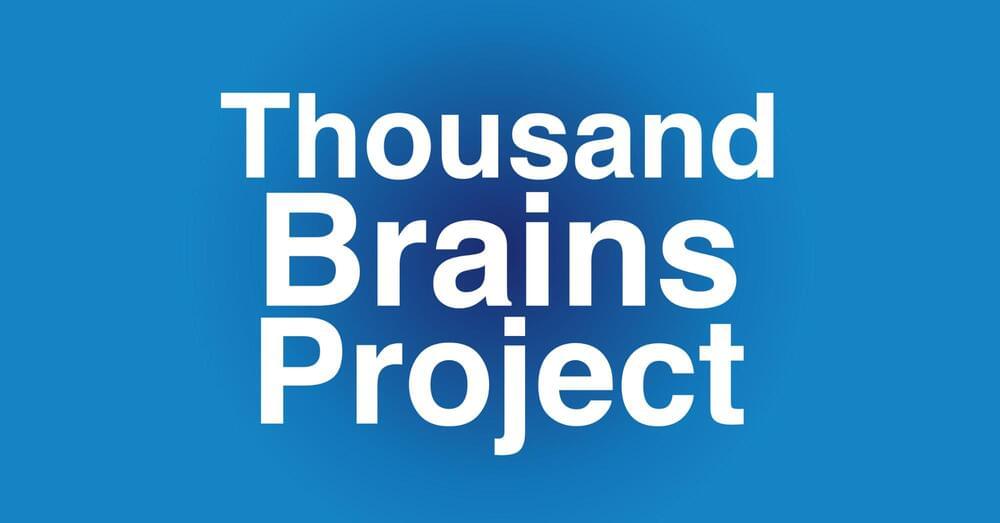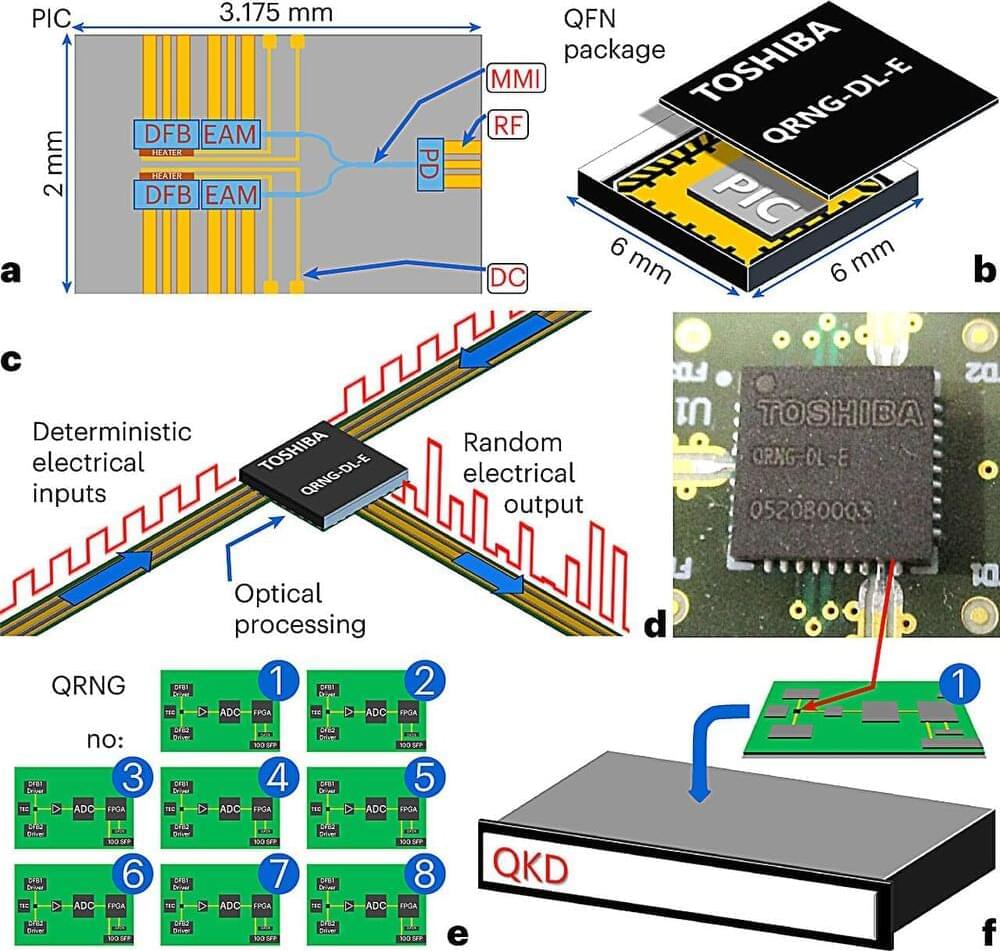#blackhole Physics lecture video link, just click on the link for knowledge.
Here I discused general relativity — gravitytheory, Einstein field, schwarzchild equation, Black hall definition, Ramanujan numbers. Here I explain only static blackhole.
theory of general relativity.
special relativity vs general relativity.
einstein’s theory of general relativity.
general relativity equation.
special and general relativity.
spacetime and geometry an introduction to general relativity.
general relativity vs quantum mechanics.
a first course in general relativity.
general relativity and quantum mechanics.
general relativity and gravitation.
general relativity and black holes.
general relativity and time.
general relativity and special relativity.
general relativity astronomy.
general relativity assignment.
general relativity and gravity.
a new way to visualize general relativity.
albert einstein’s theory of general relativity.
albert einstein general relativity.
applications of general relativity.
alternatives to general relativity.
a first course in general relativity 3rd edition.
advanced general relativity.
a short course in general relativity.
general relativity black holes.
general relativity basics.
general relativity course.
general relativity course online.
general relativity class.
covariant derivative general relativity.
conformal transformation general relativity.
general relativity definition.
general relativity diagram.
general relativity definition in physics.
derivation of general relativity.
general relativity examples.
general relativity equation explained.
general relativity einstein paper.
general relativity equation derivation.
equation of general relativity.
einstein paper on general relativity.
einstein 1916 paper on general relativity.
general relativity field equations.
general relativity full equation.
field equations of general relativity.
formula for general relativity.
feynman general relativity.
general relativity gravity.
general relativity graviton lance.
general relativity geodesic.
general relativity geometry.
general relativity geodesic equation.
general relativity vs special relativity.
general relativity theory.
general relativity time dilation.
general relativity history.
general relativity homework solutions.
general relativity hilbert.
general relativity hamiltonian.
what is general relativity.
history of general relativity.
how did einstein discover general relativity.
general relativity in black holes.
general relativity inertial frame.






